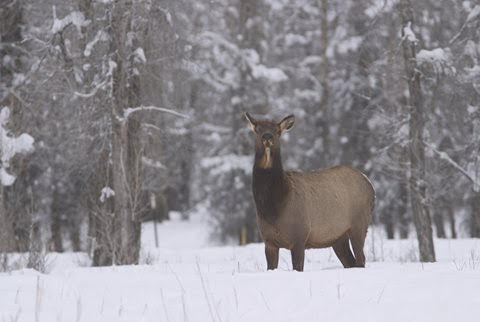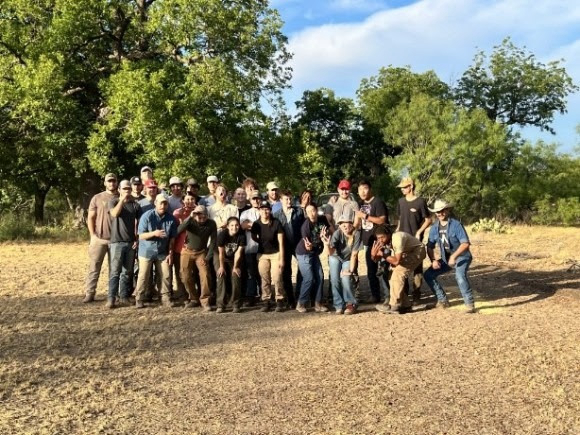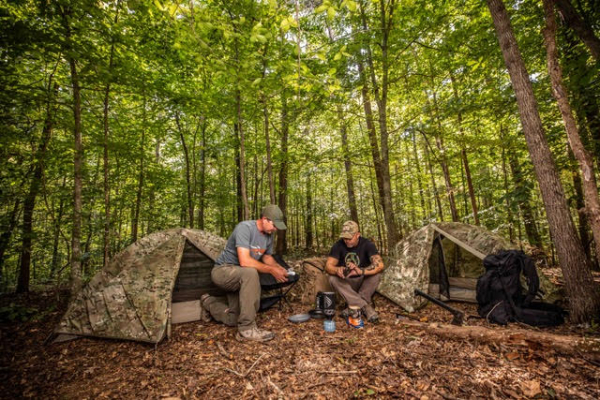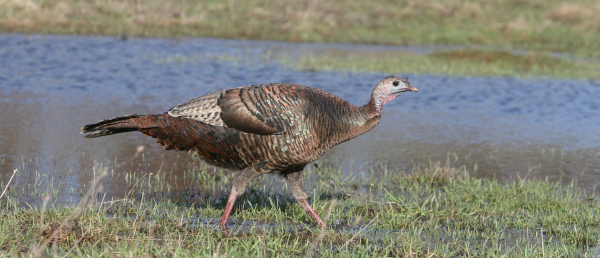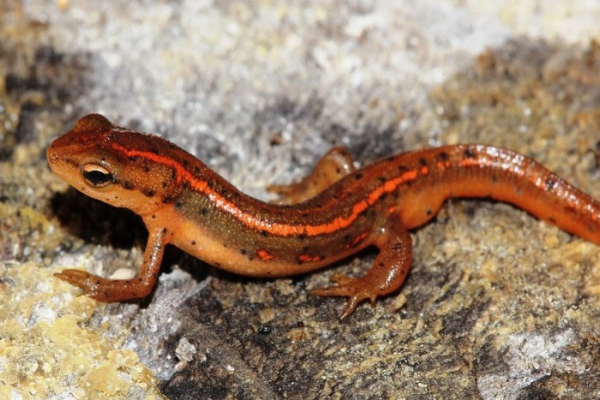RMEF Helps Expand Montana’s Largest Wildlife Management Area
MISSOULA, Mont. —Montana’s largest wildlife management area offers more room to roam for hunters, anglers and others thanks to a collaborate effort led by the Rocky Mountain Elk Foundation.
RMEF teamed up with private landowners with a history of conserving and opening public access to elk habitat by acquiring and conveying 829 acres to Montana Fish, Wildlife and Parks (FWP), which added the land to the now 56,980-acre Mount Haggin Wildlife Management Area.
“Buyers noted the beauty and potential of this acreage and reached out to Roger and Gayle Burnett about it, but they chose wildlife and conservation over development. We salute and thank them for their conservation ethic and values,” said Kyle Weaver, RMEF president and CEO.
About 30 miles west of Butte, the property features open grasslands with sagebrush and bitterbrush foothills as well as aspen, willows and forestland. It supplies elk with winter, calving and summer range as well as important habitat for mule deer, moose, pronghorn antelope and other wildlife.
Because portions of Willow Creek and Mill Creek cross the property, in addition to various springs, the resulting wetlands and riparian habitat are vital for brook trout, westslope cutthroat trout, other fish species, beavers and more bird and animal species. Read more

